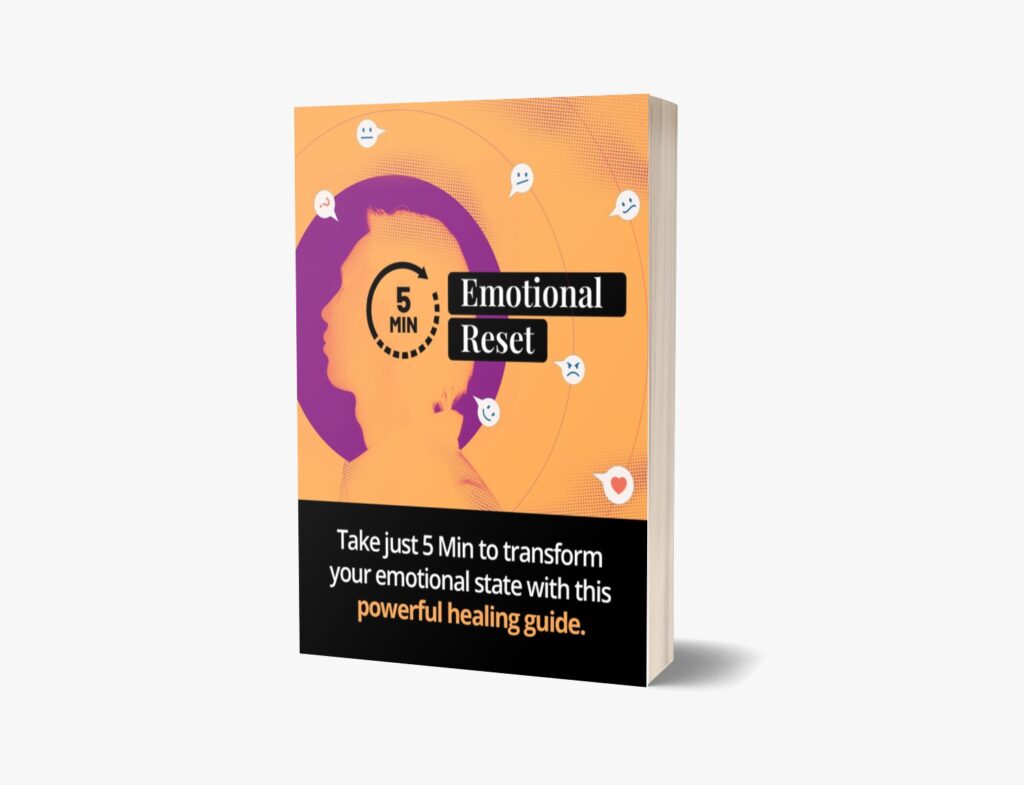Do you ever wonder why you’re more inclined to attract or be attracted to certain types of people? Or why the people you’ve dated in the past weren’t as compatible with you as you initially thought? Love involves constant choice, commitment, and work, all of which demand an intuitive understanding of both your partner and yourself.
One valuable piece of information is learning about you and your partner’s attachment styles. The purpose of understanding attachment styles is not to neatly categorize love or to suggest that you’re stuck with one style forever. In fact, your attachment style can evolve over time as you grow as a person and partner. If things feel fragile between you and your partner, see this as an opportunity to grow.
Here are the four attachment styles in love:
1. Secure Attachment
When you have a secure attachment style, you hold a significant advantage in love. You feel comfortable addressing issues with your partner and provide them with the freedom to be themselves. People with a secure attachment style tend to have honest, open, and balanced relationships where both partners thrive and grow at a healthy pace. They understand how to merge together to form a stable foundation on which they can build and operate.
While this may sound ideal, security should not be confused with perfection. People with a secure attachment style still experience conflict and bad days, but their higher emotional intelligence allows them to communicate feelings effectively and problem-solve without resorting to personal attacks. Essentially, they are resilient individuals who can navigate obstacles with care and self-awareness.
2. Anxious-Preoccupied Attachment
People with an anxious-preoccupied attachment style tend to romanticize love. They often form fantasy bonds with others rather than focusing on realistic connections. These individuals are frequently attracted to partners they can save or who can save them.
This attachment style can lead to demanding, obsessive, and clingy behaviors. Those with an anxious-preoccupied style are prone to overanalyzing, mood swings, and mistaking turbulence for passion. They may struggle with insecurities, low self-esteem, and a weak sense of self, often due to growing up without healthy boundaries or guidance in nurturing their individuality.
3. Dismissive-Avoidant Attachment
Individuals with a dismissive-avoidant attachment style tend to be emotionally distant in relationships. They appear self-sufficient, independent, and often avoid deep intimacy. While space is necessary for any relationship, dismissive-avoidant individuals frequently use it as a shield to avoid vulnerability.
If their partner threatens to leave, they may shut down emotionally and act as though they don’t care. However, this extreme independence is often an illusion, as humans need connection to thrive. Consequently, people with this attachment style often have very few close relationships.
4. Fearful-Avoidant Attachment
People with a fearful-avoidant attachment style live in a delicate balance between fearing intimacy and fearing distance. They can be unpredictable and are often overwhelmed by their emotions. While they understand the need for connection, they struggle to let people get too close, fearing hurt or abandonment.
They often cling to their partners when feeling rejected but may push them away when intimacy grows too intense. This internal conflict makes their relationships prone to highs and lows. Without self-awareness, they may find themselves in toxic or abusive dynamics, similar to dismissive-avoidant individuals.
Conclusion
Accepting your attachment style and recognizing the work required to grow can be transformative. This awareness can help you become a better partner and foster healthier relationships.
Which attachment style do you resonate with, and how has it influenced your relationships?

